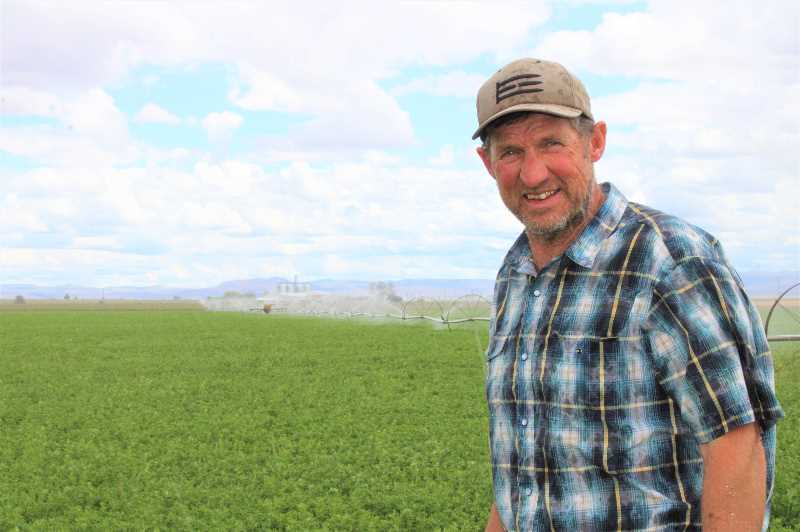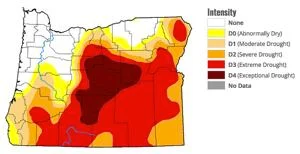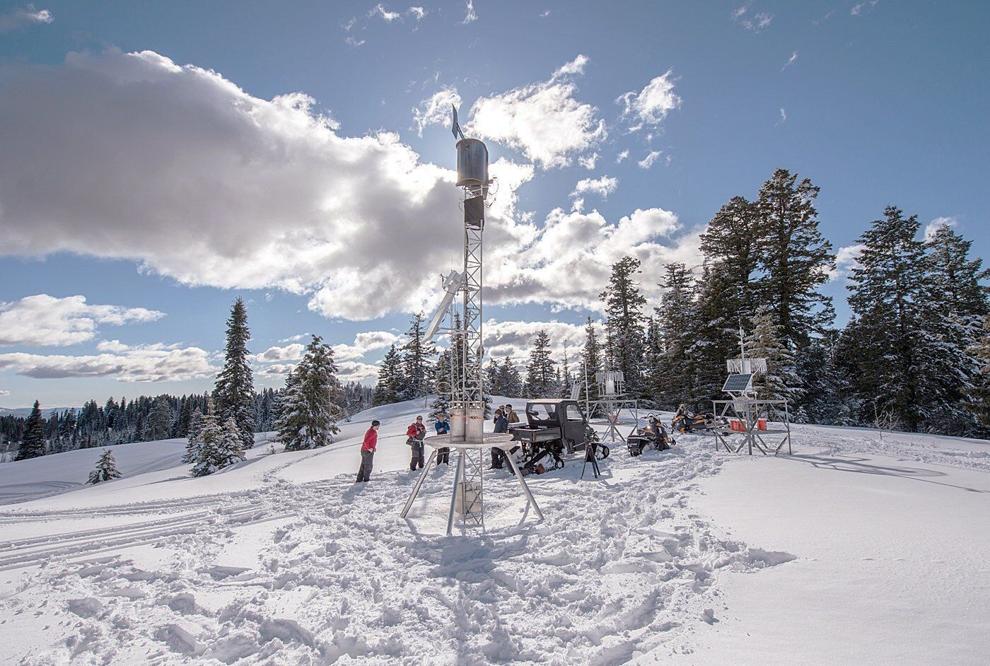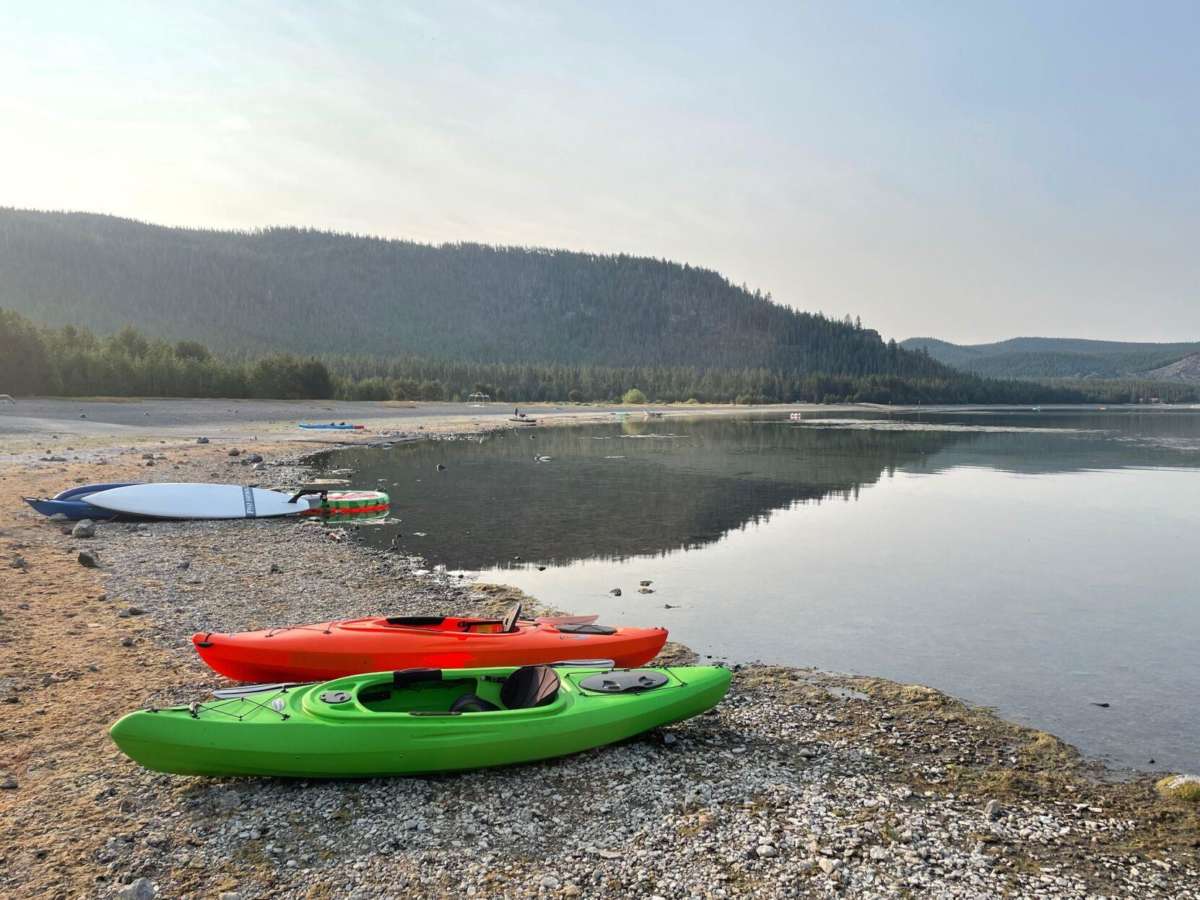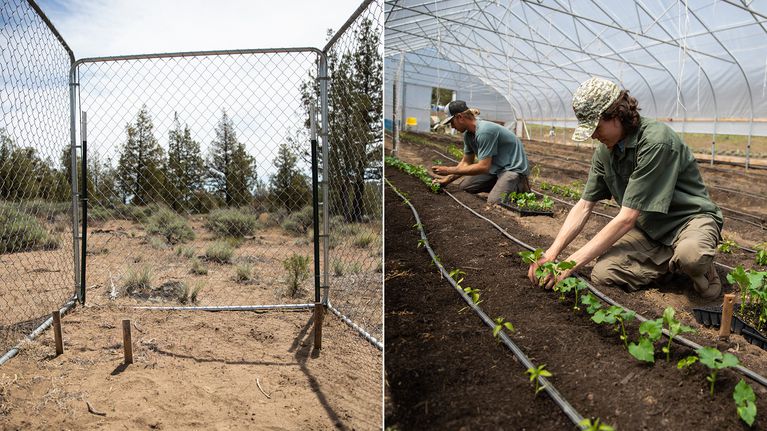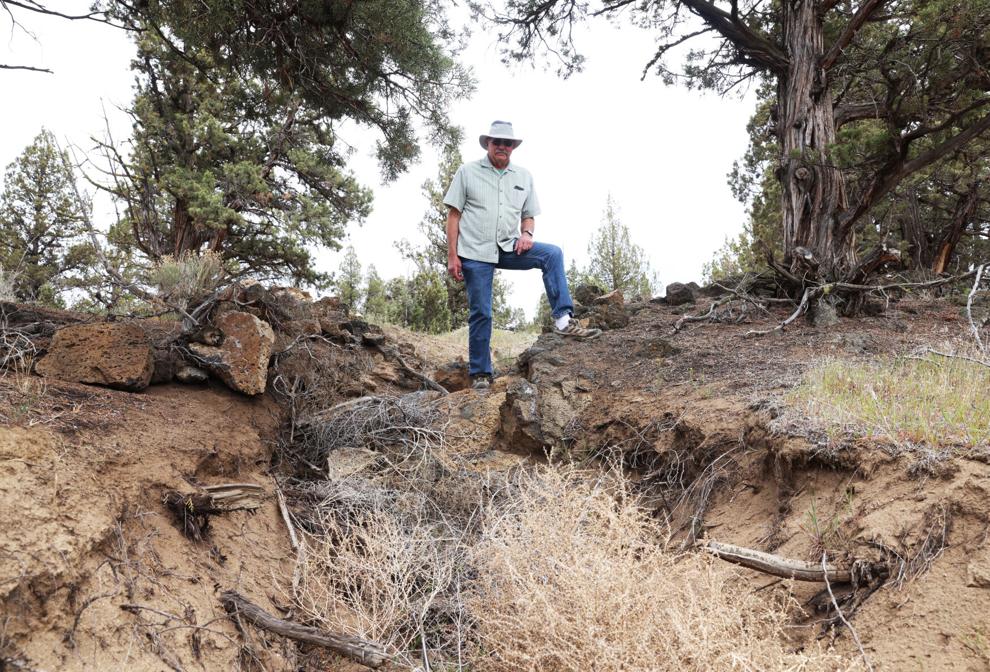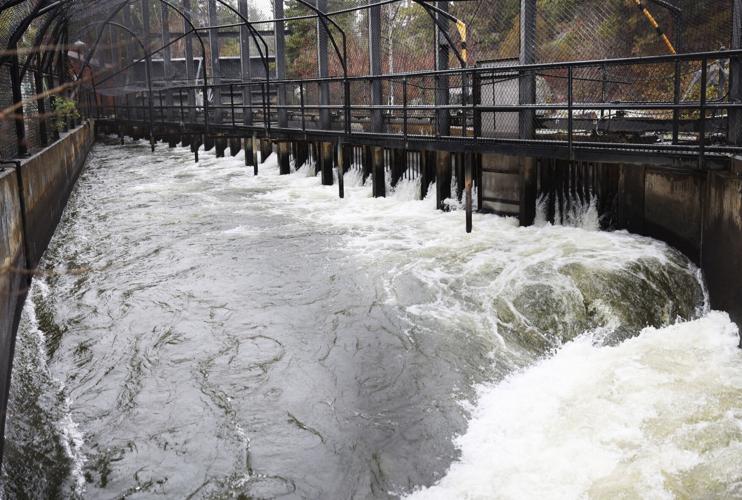Players in the Deschutes River Basin got creative with centuries-old water laws this year as two irrigation districts took a step toward sharing water.
In the Media
Warm Springs water fixes among projects approved for $27 million in grants
An aging network of pipes and water treatment systems on the Warm Springs Indian Reservation is one step closer to receiving a multimillion dollar package to fund badly needed repairs. Indian Health Service, a division of the U.S. Department of Health and Human Services, announced it has approved $27 million for eight infrastructure projects on the reservation. Nearly half the funds are set aside to replace a water treatment facility.
Indigenous farmer seeks solutions in drought-plagued Oregon
The pond is full again at Upingaksraq Spring Alaska Schreiner’s high desert farm. It’s a welcome sight for Schreiner, who owns Sakari Farms north of Bend, Ore. Last summer, as drought punished Central Oregon, Schreiner’s irrigation district stopped delivering water. She watched as the pond gradually disappeared, leaving a mud puddle behind.
Drought raises curiosity about cloud seeding in Oregon
Another year of exceptional drought in Central Oregon is raising questions about whether cloud seeding can boost the region’s water supplies by increasing snowfall that feeds into streams and reservoirs.
Drought prevents Forest Service from installing docks at some Central Oregon lakes
Boaters will be feeling the impact of Central Oregon’s drought at several area lakes this summer. The U.S. Forest Service announced Friday that low lake levels are preventing the installation of docks at both East Lake and Crescent Lake.
Indigenous farmer seeks solutions in drought-plagued Central Oregon
The pond is full again at Upingaksraq Spring Alaska Schreiner’s high desert farm. It’s a welcome sight for Schreiner, who owns Sakari Farms north of Bend.
Deschutes water bank gets more water to farmers, but not as much as initially thought
A much-anticipated water bank designed to help Jefferson County farmers is underway, just not to the scale that everyone involved had initially hoped.
The US has spent more than $2B on a plan to save salmon. The fish are vanishing anyway.
Today, there are hundreds of hatcheries in the Northwest run by federal, state and tribal governments, employing thousands and welcoming the community with visitor centers and gift shops. The hatcheries were supposed to stop the decline of salmon. They haven’t. The numbers of each of the six salmon species native to the Columbia basin have dropped to a fraction of what they once were, and 13 distinct populations are now considered threatened or endangered.
Spring snow has little effect on Central Oregon drought conditions
Snowpack has steadily increased from just six weeks ago when the Upper Deschutes Basin was only 54% of normal.
But while the snowpack has given Bend a pretty backdrop, the region’s drought is still far from over. Recent snowfall is not the best indication of how much snow is actually in the mountains, said Kyle Gorman, region manager for the Oregon Water Resources Department.




